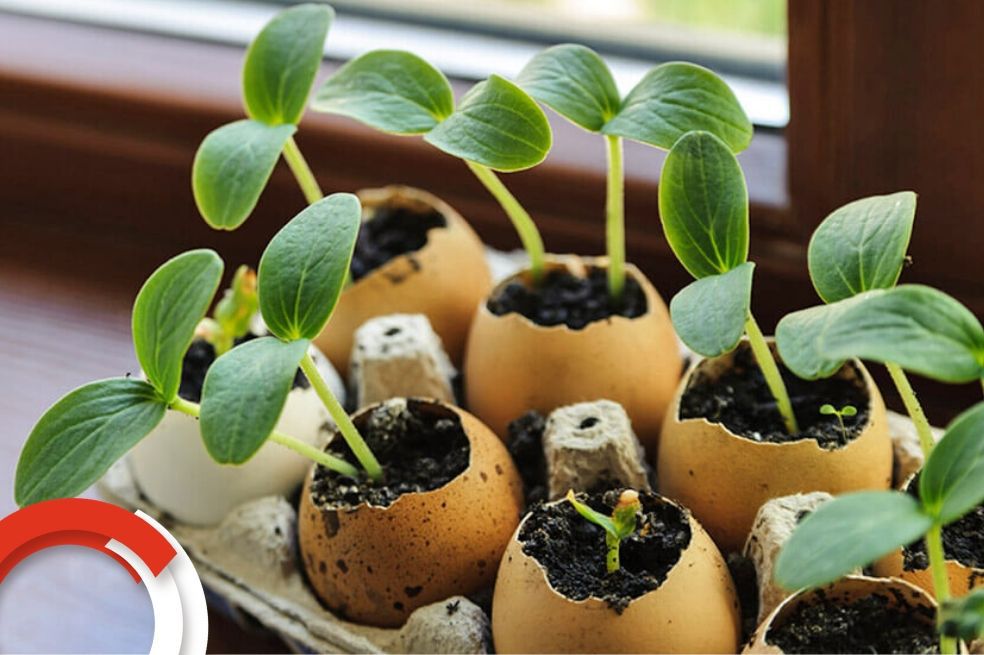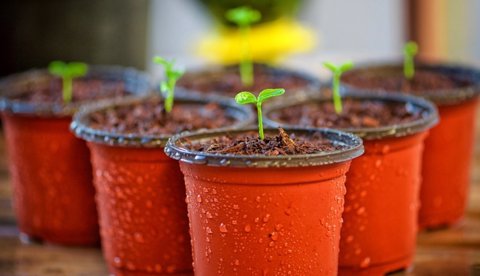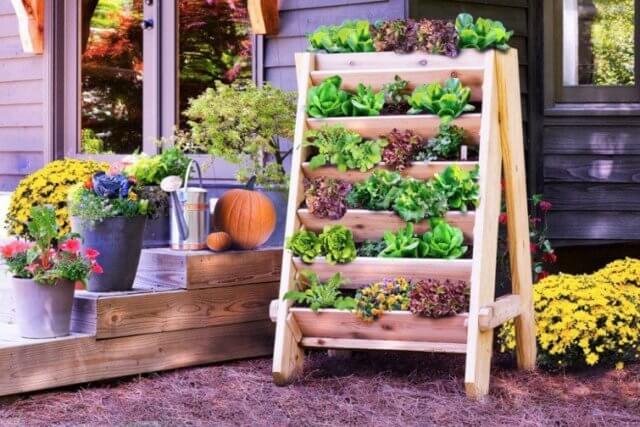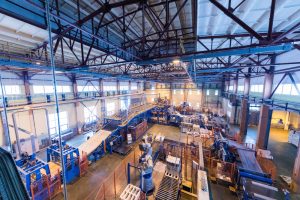Use of humidifiers and efficient irrigation systems for plants and vegetables
Transgenic products are a societal evil, which many don’t understand or don’t want to. For starters, the taste is different, it seems unnatural, and unfortunately, the small markets that tend to sell truly organic fruits and vegetables, are disappearing more and more.

Hydroponic cultivation at home is a great solution to this problem, because it gives a feeling of self-sufficiency, in the consumption of vegetables that each person is capable of producing in their privacy.
Perhaps the first objective is try to condition an specific area for better crop growth, with true evolution, and thus, incident factors such as temperature, humidity and fertilization, are positive at all times; It’s necessary to measure these elements according to the type of plant that is going to be harvested. Later, it will be possible to think about the artificial lighting equipment according to the square meters of the room. Light being essential for vegetables, it will be essential to ensure natural and mechanical methods for the growth process. Usually, the most used systems are from 400 to 600 watts of power.
Under some conditions, it’s normal that in the area of plantations, the temperature increases considerably, then, cooling systems are extremely necessary, with their proper dosage to avoid thermal variations, which are responsible for affecting all types of plants. It’s well known that the renewal of fresh air is essential through good ventilation and, of course, using environmental humidifiers, to encourage a cooler area with good humidity conditions. Depending on the crop, this last parameter will be required to a lesser or greater extent. And if an extractor or fan is going to be used, is best to locate one above the lighting equipment, where there is usually more heat accumulation.
Temperature and humidity
Temperature and humidity must have uniformity in an industrial or domestic horticulture. The consonance of these factors allows a minimization of important fluctuations between cold and heat, within a specific area; these variations are usually the end of many crops around the world.

In general, in some plants, the surrounding humidity at the beginning should be at no less than 80%. As the vegetable grows, it can decrease up to 40%, with proper fertilization to avoid insects or diseases. In this sense, the humidifiers play an essential role in the development of crops. It’s also recommended to install a humidity meter (hygrostat), to control atmospheric saturation conditions, and if they are automated systems, it will be even better.
According to some studies, plants feel temperature variations, and if these are not adequate, they will show tension and stress, which could invariably lead to a bad outcome. In that sense, the lighting is preponderant, so while they’re in the flowering stages, the lighting should be 18 hours with a shadow of 6 hours, in that proportion. Once they have flowered, the lighting should be balanced between 12 hours of light and 12 hours of shade.
Is not necessary to fall into the error of irrigation, because doing it in excess during some phase, can be detrimental in every way. Perhaps, is best to use properly controlled drip irrigation systems, not forgetting to use the humidifier to benefit the substrate, especially in the initial phases. The

desiccant could be used to control the crop in its most advanced stages.
Organic fertilization
Organic fertilization is the most recommended, because despite being expensive, at the end of the vegetable harvest and its subsequent consumption, that unique and incomparable flavor can be perceived. The varied use of fertilizers would be a good idea, depending on the type of crop and the methods used, such as hydroponics or other options.




